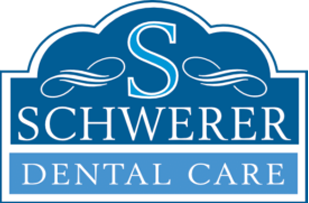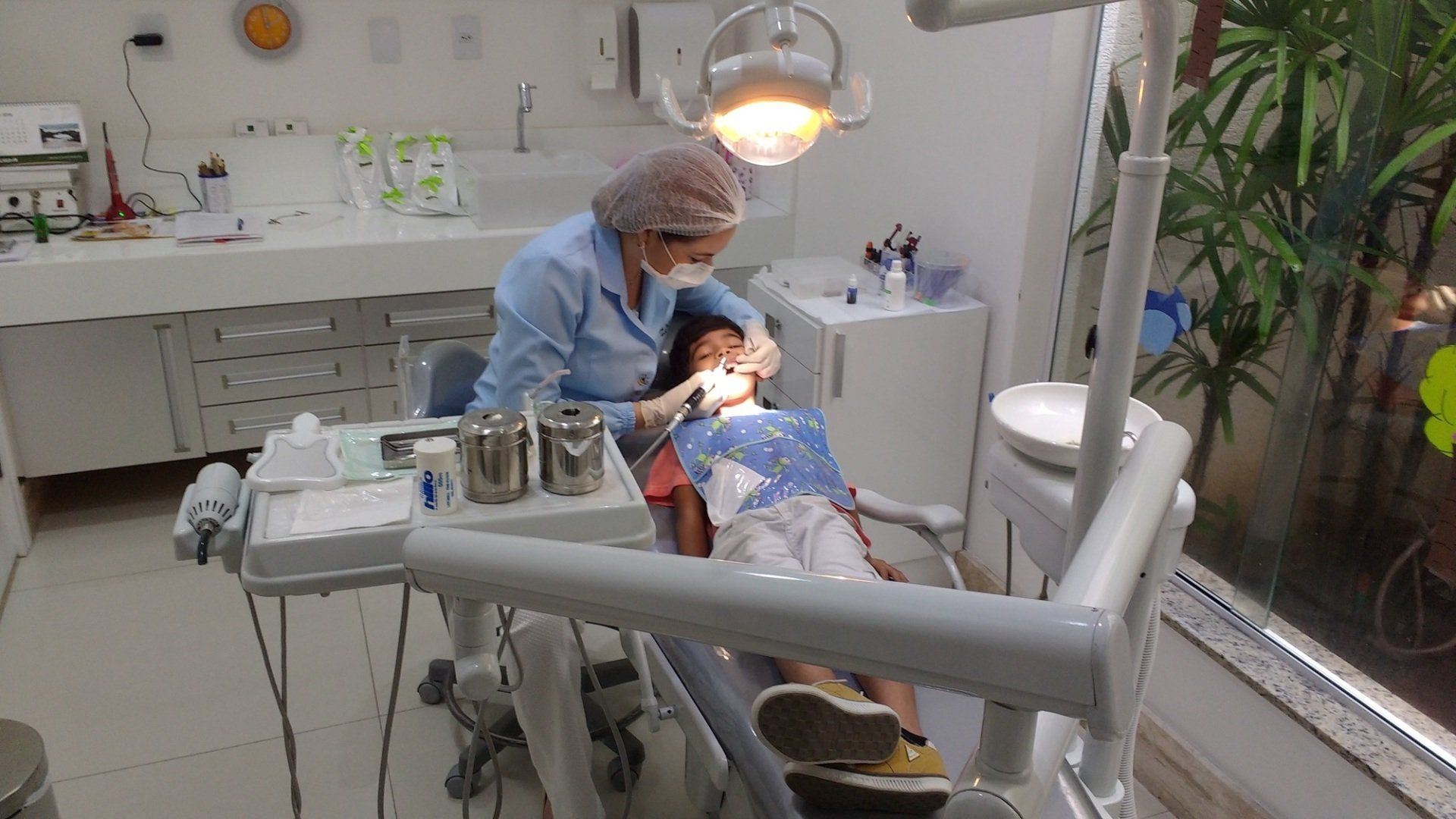A Short Guide to Gum Disease: Important Things to Know
If you want to prevent gum disease, our dentists in Jensen Beach, FL, can help. This guide explains the important things to know about gum disease.

The CDC states that about 47% of adults aged 30 years and older have some form of gum disease.
Gum disease is when bacteria in the mouth cause inflammation and infection of the gums and gum tissues. Left untreated, it can destroy the bone, resulting in tooth loss. However, with early treatment, you can reverse gum disease.
Want to learn the most important things to know about gum disease? Read on.
Types of Gum Disease
There are two types of gum disease. They are gingivitis and periodontal disease.
There are three stages of periodontal disease. The first is gingivitis. This is when plaque build-up at the gumline causes inflammation. Gingivitis is reversible with treatment.
The second stage is periodontitis. If the disease progresses to periodontitis, the bone and connective tissue that support the teeth are damaged beyond repair. As a result, pockets may form below the gum line and trap food and plaque. Fortunately, a dentist and a vigorous homecare routine can help prevent further damage.
The third stage is advanced periodontitis. At this point, the bone and connective tissue are destroyed, and your teeth have probably started to loosen and shift. Aggressive treatment may be able to save your teeth, but many with advanced periodontitis suffer tooth loss.
Causes of Gum Disease
Plaque build-up is the leading cause of gum disease. However, other factors can contribute to the disease, including:
- Bad oral hygiene habits
- Compromised immunity from another illness like cancer or HIV
- Crowded or crooked teeth hard to clean teeth
- Diabetes
- Family genetics
- Hormonal changes like those during pregnancy and menopause
- Medications
- Poorly fitted dental devices
- Tobacco use
Gum Disease Symptoms
If you have gingivitis, you may notice the following symptoms:
- Bad breath (halitosis) or a consistent bad taste in the mouth
- Bleeding when you floss
- Dusky red or dark red gums
- Receding gums
- Sensitivity
- Sore, puffy, or swollen gum tissue
- Tender gums
Those with periodontal disease may experience these symptoms:
- Changes in the way the teeth fit together when biting down or fitting partial dentures
- Formation of deep pockets between the teeth and gums
- Loose teeth
- Shifting teeth
- Sores and pus
It's important to know that gum disease can progress painlessly and show few obvious signs. Additionally, sometimes gum disease only affects certain teeth, like the back molars. When in doubt, consult a dentist to assess your oral health.
Gum Disease Treatment
There are a variety of treatments available for gum disease. The treatment you require depends on the following factors:
- Disease stage
- How well you've responded to previous treatments
- Your overall health
Non-surgical treatments like professional dental cleaning or scaling and root planing are typical for treating gingivitis. For those with more advanced gum disease, surgical treatment may be necessary. These include:
- Bone grafts
- Bone surgery
- Flap or pocket reduction surgery
- Guided tissue regeneration
- Soft tissue grafts
Treatment can also include using antibiotics to reduce or eliminate mouth bacteria and an antimicrobial to help control plaque.
See a Dentist for Gum Disease
Although gingivitis is reversible, gum disease can lead to oral pain and tooth loss if left untreated. Therefore, those suffering from even the slightest discomfort or symptoms of gum disease should consult a dentist.
If you need help improving your oral health, schedule an appointment to see the top dentist in Jensen Beach, FL, Dr. Suzanne Spence Williams. With nearly 30 years of experience, she can help solve any dental issue you have.






